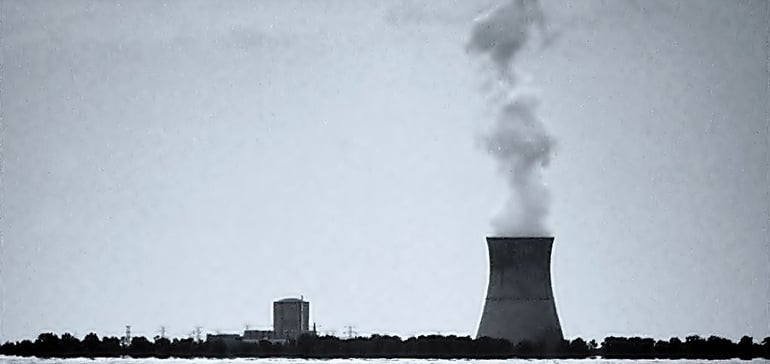
Dive Brief:
- The independent market monitor for the PJM Interconnection released its “2018 State of the Market Report” on Thursday, showing the unprofitability of some nuclear and coal plants in the mid-Atlantic power market.
- Monitoring Analytics identified only three nuclear plants in PJM receiving market signals to retire — Exelon’s Three Mile Island (TMI) in Pennsylvania and FirstEnergy’s Perry and Davis-Besse plants in Ohio. Their report also identified 24 coal-fired units, representing about 12 GW of capacity, that were uneconomic in 2018.
- Only one nuclear plant in the PJM region is currently approved for zero emission credits (ZECs) — the Quad Cities plant in Illinois. Quad Cities already surpassed the avoided cost in the next three years without the subsidy and therefore “did not need the ZECs, in our view,” Joe Bowring, president of Monitoring Analytics, told reporters.
Dive Insight:
On Monday, Pennsylvania became the latest state to introduce a bill to subsidize nuclear plants, specifically to keep Exelon’s TMI plant open past the September 2019 date the owners indicated for shutdown.
The lead sponsor on the bill told Utility Dive that DOE staff directed the state’s bicameral Nuclear Energy Caucus to prioritize state solutions, rather than wait for federal action on nuclear subsidies.
“Providing subsidies is contagious, as we’re seeing now,” Bowring said, referring to the Pennsylvania bill. Illinois, New York and New Jersey have also approved ZECs. He reiterated that PJM had said state nuclear subsidies would not be necessary to preserve grid reliability.
In October, PJM highlighted the release of a report by Penn State researchers that said many of the approaches to support uneconomic nuclear plants “neglect potential problems with subsidies that could impose costs on consumers, and could overstate the benefits of such programs.”
Bowring said he had testified before a Pennsylvania caucus on Wednesday and told state legislators that there’s only one nuclear unit at risk in the state.
“That’s TMI, and it’s not covering what it costs,” he said. “We have plenty of capacity. We don’t need any particular units to be reliable.”
Bowring said the only plants that are not projected to meet their avoided cost each year are one-unit nuclear power plants. FirstEnergy’s Perry plant was intended to have two units, but construction was halted on the second unit in 1994. TMI has operated with a single unit after it’s second reactor was shut down following a partial meltdown in 1979.
All told, the three uneconomic nuclear plants comprise about 3 GW of capacity. Bowring also indicated that 12 coal plants in the PJM region were uneconomic and inefficient, facing risks of retirement. 2018 was the first year that natural gas production surpassed coal production, he said.
According to Monitoring Analytics, coal plants are one of the most expensive conventional resources based on the levelized cost of energy.
| Combustion turbine | Combined Cycle | Coal Plant | Diesel | |
|---|---|---|---|---|
| Levelized cost ($/MW-Yr) | $118,116 | $113,641 | $562,747 | $154,683 |
| Short run marginal costs ($/MWh) | $34.10 | $24.21 | $31.48 | $161.16 |
| Capacity factor (%) | 54% | 88% | 49% | 2% |
| Levelized cost of energy ($/MWh) | $59 | $39 | $161 | $882 |
| Nuclear | Onshore Wind | Offshore Wind | Solar | |
|---|---|---|---|---|
| Levelized cost ($/MW-Yr) | $1,178,607 | $214,780 | $460,730 | $232,230 |
| Short run marginal costs ($/MWh) | $8.50 | $0 | $0 | $0 |
| Capacity factor (%) | 94% | 28% | 45% | 13% |
| Levelized cost of energy ($/MWh) | $151 | $88 | $117 | $198 |
CORRECTION: A previous version of this article misstated how many units of coal-fired power are identified for retirement. It’s 24 units.






